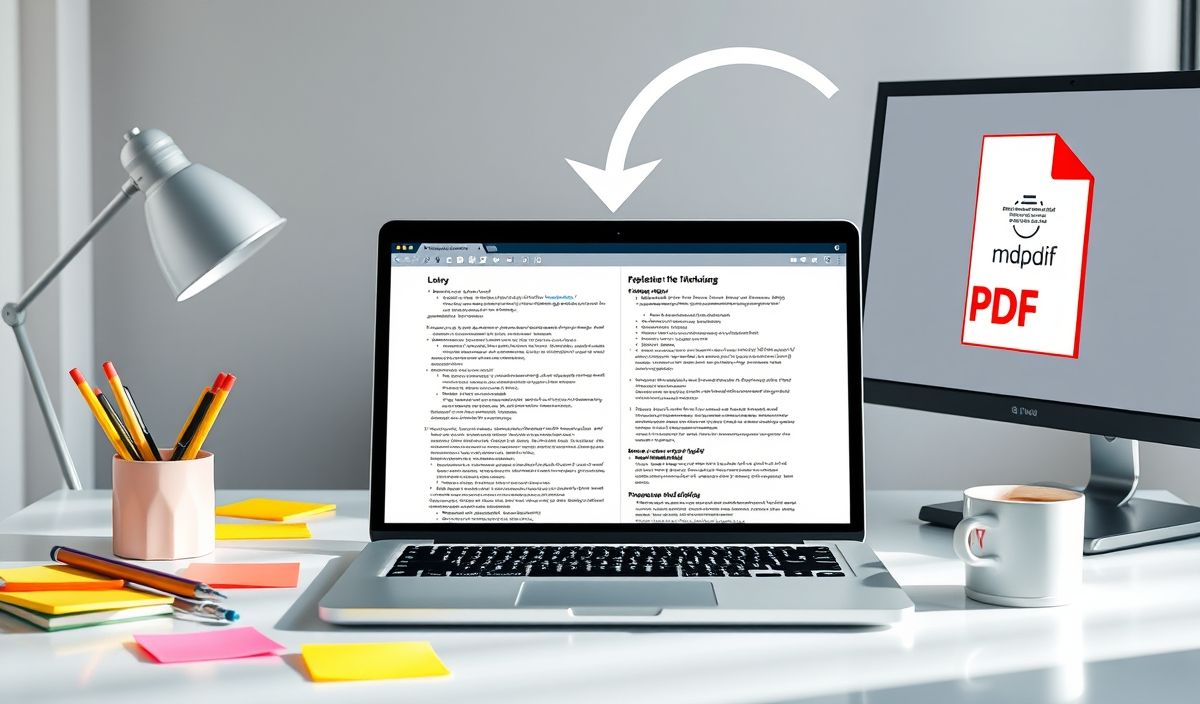Introduction to Charset Normalizer
charset-normalizer is a powerful Python library designed to detect and normalize character encodings effortlessly. Whether you’re working with text files, web data, or APIs, this library ensures seamless processing by identifying and converting text encodings efficiently. This article delves into the key functionalities of charset-normalizer, showcases useful API examples with code snippets, and demonstrates an application built with its capabilities.
Why Use Charset Normalizer?
The challenges of handling various character encodings often arise when dealing with internationalized data. charset-normalizer simplifies these complexities by automating encoding detection and normalization, ensuring data integrity and compatibility across platforms.
Key Features of Charset Normalizer
- Automatic encoding detection
- Encoding normalization to UTF-8 for universal compatibility
- Seamless integration with Python applications
- Customizable options for fine-tuned control
APIs and Code Examples
1. Detect Encoding
The from_fp API detects the character encoding of a file:
from charset_normalizer import from_fp
with open('example.txt', 'rb') as file:
result = from_fp(file)
print(result) # Prints possible encodings and confidences
print(result.best().encoding) # Outputs the most probable encoding
2. Normalize Text to UTF-8
Use the from_bytes API to normalize raw byte data:
from charset_normalizer import from_bytes raw_bytes = b'\xe4\xbd\xa0\xe5\xa5\xbd' result = from_bytes(raw_bytes) utf8_string = result.best().output print(utf8_string) # Outputs normalized UTF-8 string
3. Analyze File Encoding
Leverage from_path for encoding analysis and normalization:
from charset_normalizer import from_path
result = from_path('unknown_file.txt')
print(result.best().encoding) # Most likely encoding
print(result.best().output) # Normalized content
4. Fine-Grained Control
Customize detection behavior using optional parameters:
from charset_normalizer import from_bytes result = from_bytes(b'\xe9\xad\x94\xe6\x9c\xaf', steps=5, cp_isolation=['utf_8', 'iso-8859-1']) print(result.best()) # Most confident match under constraints
Application Example
Let’s build a simple application that reads multiple files, detects their encoding, normalizes them to UTF-8, and saves the output for consistent usage:
import os
from charset_normalizer import from_path
def normalize_files(directory):
for filename in os.listdir(directory):
filepath = os.path.join(directory, filename)
if os.path.isfile(filepath):
result = from_path(filepath)
with open(f"{filepath}_normalized.txt", 'w', encoding='utf-8') as output_file:
output_file.write(result.best().output)
directory_path = 'data_folder'
normalize_files(directory_path)
print("All files normalized to UTF-8!")
Conclusion
The charset-normalizer Python library removes the challenges associated with handling unknown or mismatched encodings. From detecting encodings to converting them to UTF-8, it streamlines text processing tasks in various applications. Build applications that gracefully handle multilingual data with ease by leveraging the power of charset-normalizer.
Additional Resources
For more information, visit the charset-normalizer official PyPI page.




